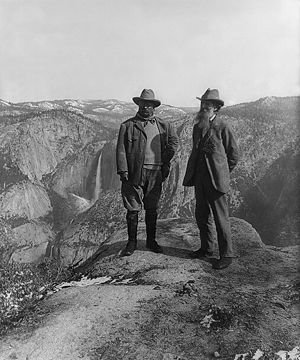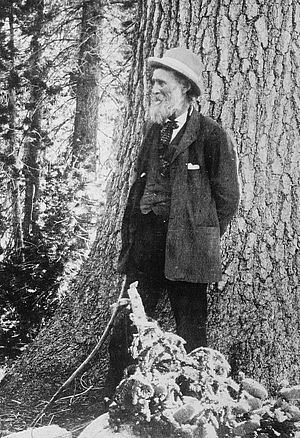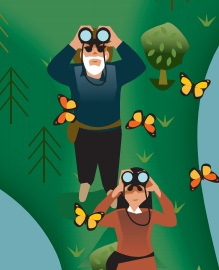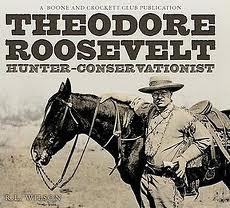Last week Michael Dunn, a dapper, 47-year old software engineer was hoping that his trial would end up the same way as George Zimmerman’s trial ended up but no such luck. Even if he’s never convicted of killing Jordan Davis, he could end up being sentenced to 60 years in jail because the jury decided that the fact that he kept shooting at the truck as it pulled away from him meant that he was trying to kill the other passengers who, it turned out, were armed with nothing more than big mouths.
What probably cooked Dunn’s goose, in addition to the forensic evidence which indicated that Davis was shot while sitting in his vehicle, not, as Dunn claimed, after he got out of the truck and came towards him in a menacing way, was the fact that he drove away from the scene, spent the night in a motel and then drove back home before contacting anyone to talk about the incident. Not much different, when you stop and think about it, from the way that Curtis Reeves, the 71-year old ex-cop from Tampa pulled out a gun, shot and killed Chad Oulson in a movie theater and then calmly sat back down and waited for the cops to walk in, surround him and take away his gun.
 Even the National Rifle Association, which champions the ‘stand your ground’ law that has been cited by lawyers both for Dunn and Reeves, draws the line when it comes to how someone should behave if they defend themselves with a gun. Their course books on self-defense both in and outside the home specifically advise that anyone who is involved in a shooting incident should remain on the scene, contact law enforcement, separate themselves from any weapon, and make sure that they clearly state their name and their reasons for calling 911.
Even the National Rifle Association, which champions the ‘stand your ground’ law that has been cited by lawyers both for Dunn and Reeves, draws the line when it comes to how someone should behave if they defend themselves with a gun. Their course books on self-defense both in and outside the home specifically advise that anyone who is involved in a shooting incident should remain on the scene, contact law enforcement, separate themselves from any weapon, and make sure that they clearly state their name and their reasons for calling 911.
In both the shootings in Florida, Dunn and Reeves didn’t follow any one of those rules. Neither contacted law enforcement directly after the incident, neither separated themselves from their guns, neither did anything that would have indicted even their awareness that something like an emergency existed based on what they had done. Dunn not only waited more than 24 hours to contact anyone, but that gave him enough time to concoct a phony story that even his fiancee, who was on the scene, couldn’t support when she took the stand.
I’m beginning to wonder whether we have any idea about what’s at stake when we give civilians the right to walk around with a gun. Just this week the 9th Circuit in California ruled that the state’s concealed carry law violated the 2nd Amendment because it denied residents the ability to carry a gun outside the home. And while it will ultimately be up to the Supreme Court to decide whether the 2nd Amendment really does apply beyond the limits of one’s residence (in fact the Heller decision speaks only to possession of firearms within the home) the bigger issue is how we behave once the Constitutional right to self-protection is actually invoked.
Because we can talk and argue all we want about whether Americans are safer if everyone walks around with a gun. But once the gun appears and the trigger is pulled, then what happens has nothing to do with the Founding Fathers. It’s all about something called common sense and nobody should be protected by the Constitution if they fail to understand what that’s all about.




Recent Comments